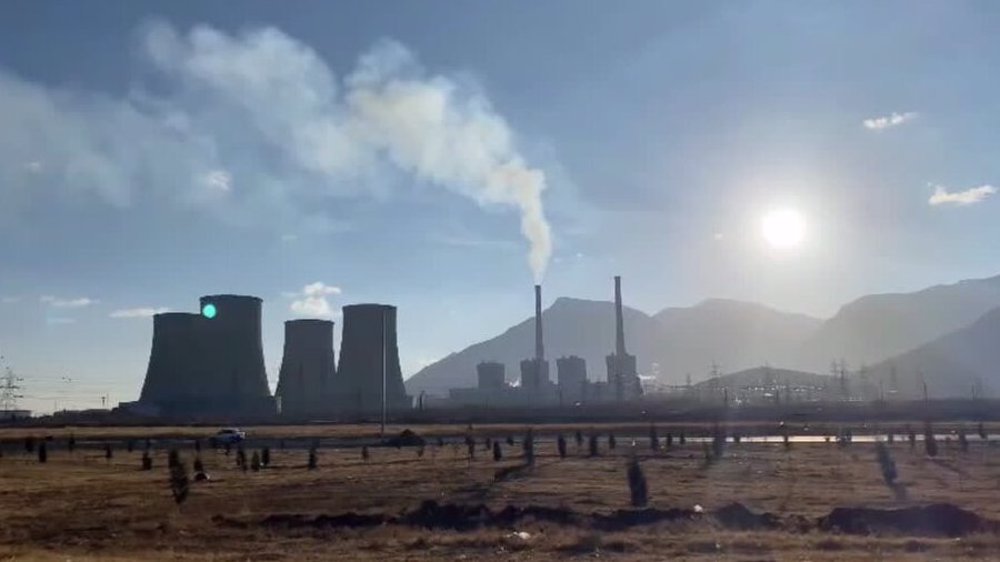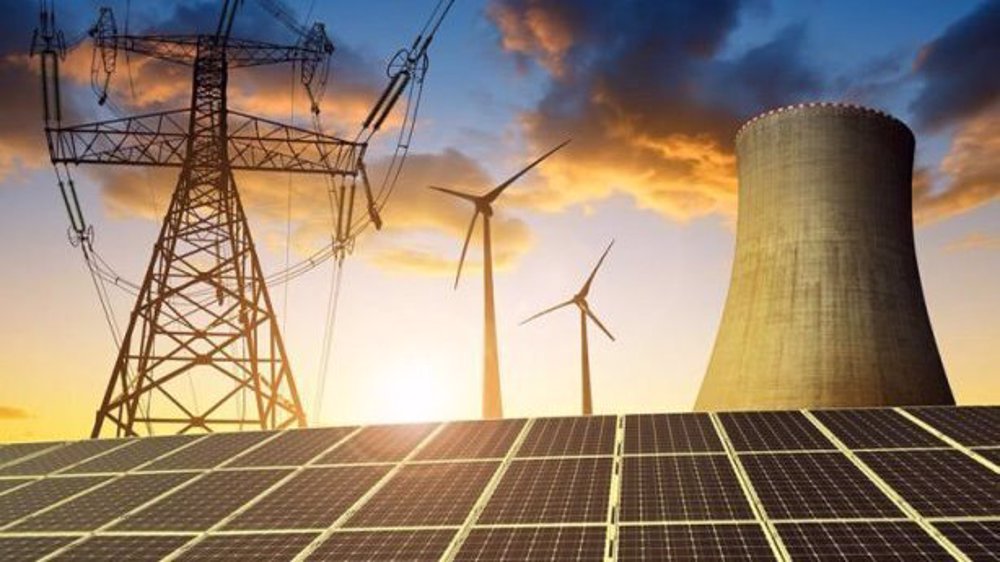Iran, US will have biggest oil production surges: IEA
Crude oil production by Iran and the United States will experience biggest increases by 2021, according to the International Energy Agency (IEA).
The IEA said in a report published on Monday that “while US light, tight oil (LTO) output is falling steeply for now, the market will begin rebalancing in 2017, and by 2021, the United States and Iran are seen leading production gains among non-OPEC and OPEC countries, respectively.”
The annual medium-term oil market report added that a sanctions-free Iran leads OPEC gains; “Iranian oil output rises 1 mb/d to 3.9 mb/d by 2021.” Iran announced last week that the country’s oil production capacity had increased by 400,000 bpd.
US production is seen reaching an all-time high of 14.2 mb/d by the end of the forecast period, but only after falling in the short term.
This is while the International Energy Agency projected a sharp decline in oil production growth rates over the next five years.
The IEA said the global oil supply growth is plunging as an extended period of low prices takes its toll.
The report sees 4.1 million barrels a day (mb/d) being added to global oil supply between 2015 and 2021, down sharply from the total growth of 11 mb/d in the period 2009-2015.
The drop in supply growth comes as upstream investment dries up in response to the current glut that is pressuring prices.
Global oil exploration and production capital expenditures (capex) are expected to fall 17% in 2016, following a 24% cut in 2015 – which would be the first time since 1986 that upstream investment has fallen for two consecutive years.
The report sees global oil demand growing at an average rate of 1.2 mb/d through 2021, crossing the symbolic 100 mb/d mark towards the end of the decade before reaching 101.6 mb/d by 2021.
Indian consumption races ahead as more motorists take to the roads, while Chinese demand growth cools in tandem with the economy. Global oil trade continues its pivot towards Asia.
‘All wars have rules. All of those rules have been broken’ by Israel
VIDEO | Report flags India’s violation of rights of Rohingya detainees
Turkey's foreign minister meets Syria's de facto leader in Damascus
'Next to impossible' to rescue patients from Gaza's Kamal Adwan Hospital: Director
VIDEO | Vietnam current prosperity
Report blames gasoil exports for shortage at Iranian power plants
VIDEO | Hind Rajab Foundation names Israeli war criminals vacationing after Gaza genocide
VIDEO | Australians rally for Gaza ahead of Christmas festivities










 This makes it easy to access the Press TV website
This makes it easy to access the Press TV website